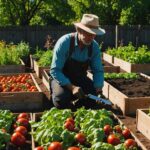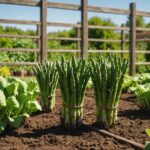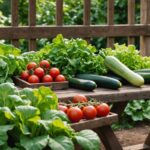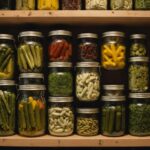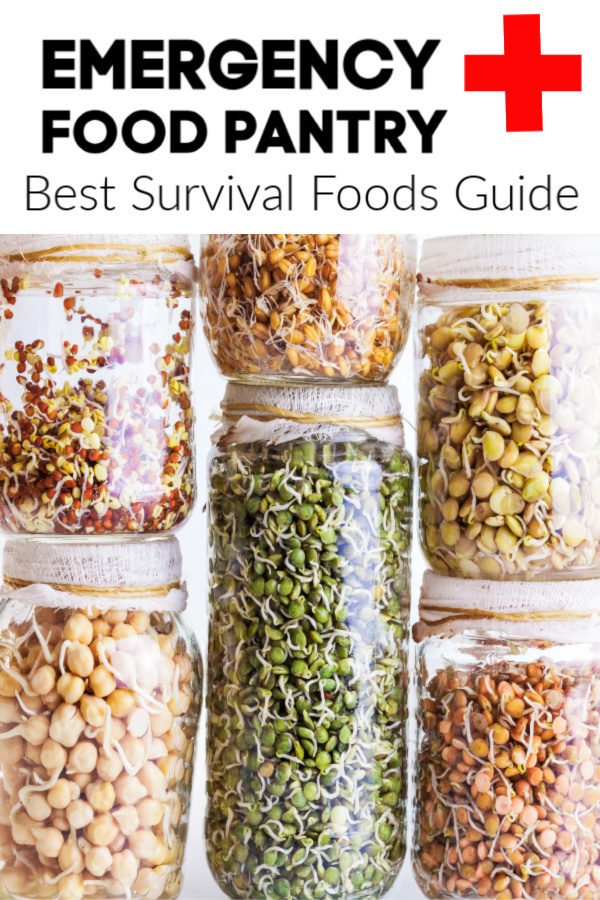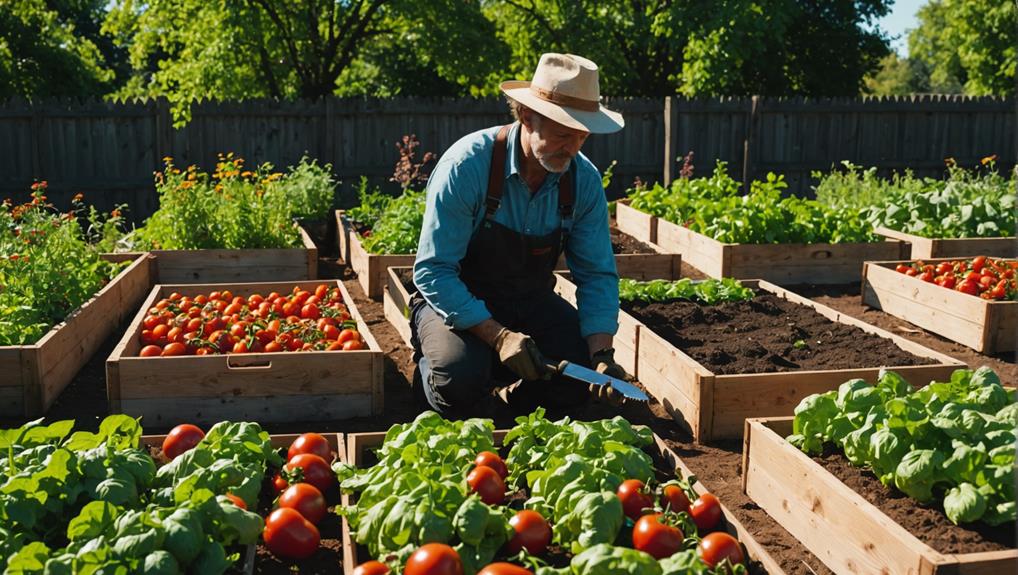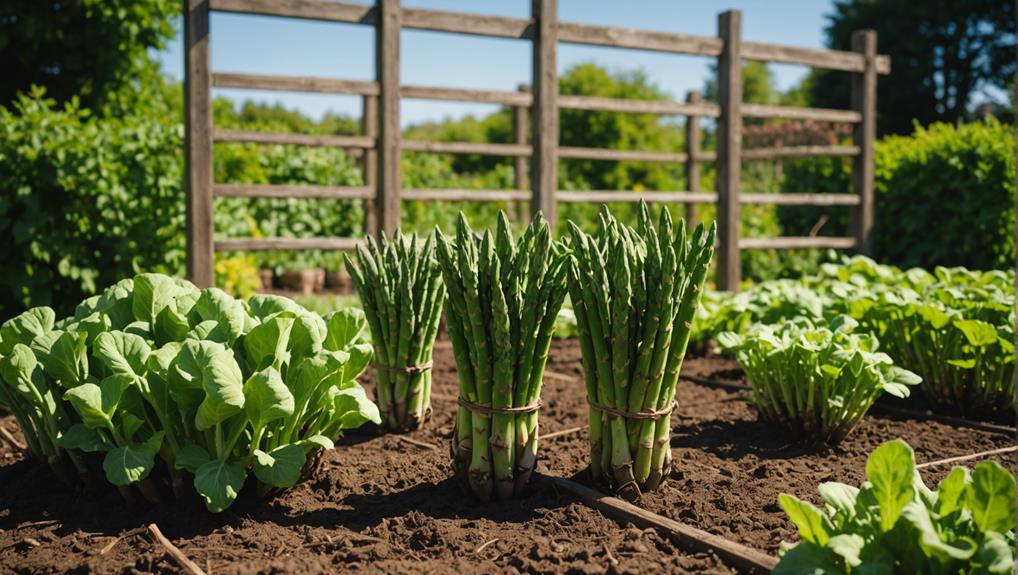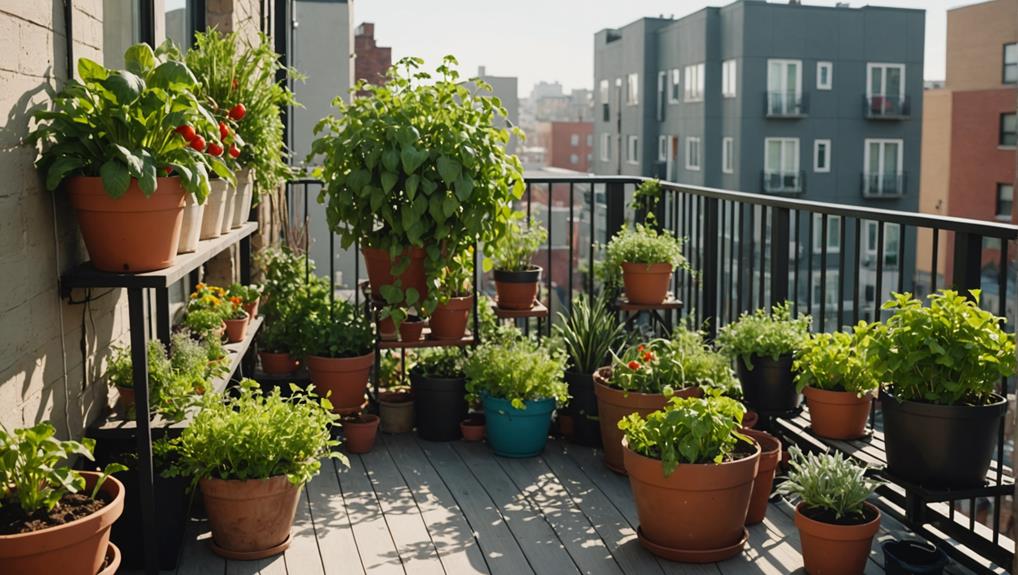As an Amazon Associate I earn from qualifying purchases.
Welcome! Are you interested in learning about the top foods for long-term survival and how to preserve them? Look no further, because this article has got you covered. We all know that preparing for the unexpected is crucial, and having a stockpile of food that can last for an extended period is essential. So, let’s dive right in and discover the best foods to include in your long-term survival pantry and the various methods you can use to preserve them.
In this article, you will find a comprehensive list of the top foods that have a long shelf life and are packed with essential nutrients. From grains and legumes to canned goods and dry goods, we will explore a wide range of options to help you create a well-balanced and sustainable food supply. Additionally, we will discuss different methods of food preservation, such as canning, drying, and freezing, which can greatly extend the lifespan of your food and ensure its freshness when you need it most. So, get ready to enhance your knowledge on survival food preservation and equip yourself with the necessary skills to be prepared for any situation.

This image is property of www.tasteofhome.com.
Understanding Survival Food Preservation
In survival situations, one of the most critical aspects is ensuring a steady and reliable food source. When facing uncertain circumstances and the possibility of limited access to food, it becomes essential to adopt food preservation methods that can extend the shelf life of various food items. This article will delve into the importance of food preservation in survival situations and explore different methods that can be employed to ensure long-term food security.
The Importance of Food Preservation in Survival Situations
When faced with a survival situation, such as natural disasters, pandemics, or economic crises, having a sufficient food supply becomes a top priority. However, finding fresh food sources during such events can be challenging. This is where food preservation methods come into play. By preserving food, you can extend its shelf life and maintain its nutritional value, ensuring that you have access to safe and nutritious meals, even in dire circumstances.
Different Methods of Survival Food Preservation
Various methods can be employed to preserve food in survival situations. Each method has its benefits and limitations, and choosing the right one depends on factors such as available resources, storage space, and the type of food you wish to preserve. Some of the most commonly used survival food preservation methods include canning, dehydrating, freezing, pickling, smoking and drying, root cellaring, fermenting, and vacuum sealing.
Canning as a Survival Food Preservation Method
Canning is a popular method of preserving food for long-term survival. It involves sealing food in airtight containers and heating them to destroy bacteria and other microorganisms. Canned food can last for several years if stored properly. The process of canning includes several steps, such as preparing the food, filling the cans, and processing them in boiling water or pressure canners. While canning is an effective preservation method, it requires specific equipment and may not be suitable for all types of food.
Dehydrating as a Survival Food Preservation Method
Dehydrating food involves removing the moisture content, which inhibits the growth of bacteria and other microorganisms. This method is particularly useful for preserving fruits, vegetables, and meats. Dehydrated food retains most of its nutritional value and can be stored in airtight containers or vacuum-sealed bags. The process of dehydrating food includes slicing the food into thin pieces, drying them using a dehydrator or an oven, and storing them in a cool, dry place. Dehydrated food can last for several months to a year or even longer.
Freezing as a Survival Food Preservation Method
Freezing is a popular method of food preservation that involves lowering the temperature of food to well below its freezing point. This method halts the growth of bacteria, yeast, and mold, effectively extending the shelf life of various food items. Freezing is particularly useful for preserving perishable foods such as meats, seafood, and dairy products. To freeze food for long-term survival, you need to properly package it in airtight containers or sealed bags, remove excess air, and store it at temperatures below 0°F (-18°C).
Pickling as a Survival Food Preservation Method
Pickling is a preservation method that involves immersing food in a solution of vinegar, salt, and various spices. The acid in the vinegar creates an environment where bacteria and other microorganisms cannot thrive, thus preserving the food. Pickled food can last for several months to a year when stored in cool, dark places. The process of pickling includes preparing the food, preparing the pickling solution, placing the food in jars, and submerging them in the solution for a specified period. Pickling is commonly used for preserving vegetables, fruits, and even meats.
Smoking and Drying as Survival Food Preservation Methods
Smoking and drying are traditional methods of preserving food that have been used for centuries. Smoking involves exposing food to smoke from burning wood or other materials, which helps to preserve the food and enhance its flavor. Drying, on the other hand, involves removing moisture from food through air circulation or heat. Both methods create an inhospitable environment for bacteria and other microorganisms, ensuring the longevity of the preserved food. Smoking and drying are commonly used for preserving meats, fish, and fruits.
Root Cellaring as a Survival Food Preservation Method
Root cellaring is an age-old preservation method that involves storing food in a cool, dark, and humid environment, such as a basement or cellar. This method is particularly suitable for storing root vegetables, such as potatoes, carrots, and onions. The cool temperature and high humidity of a root cellar help to slow down the natural decaying process, allowing the stored food to last for several months to a year. Root cellaring requires a suitable storage area and careful monitoring of temperature and humidity levels.
Fermenting as a Survival Food Preservation Method
Fermenting is a preservation method that involves the breakdown of carbohydrates by bacteria and yeast, resulting in the production of lactic acid and other compounds. This process not only preserves the food but also enhances its flavor and creates beneficial probiotics. Fermented foods can be stored for extended periods, up to several years, depending on the type of food and the fermentation process. Common fermented foods include sauerkraut, kimchi, kombucha, and yogurt.
Vacuum Sealing as a Survival Food Preservation Method
Vacuum sealing is a method that involves removing air from food packaging to create a vacuum seal. This process helps to prevent the growth of bacteria, yeast, and mold, keeping the food fresh for longer periods. Vacuum-sealed food can last from several months to a year or more, depending on the type of food and storage conditions. The process of vacuum sealing includes placing the food in specialized vacuum-sealed bags or containers and using a vacuum sealer to remove the air and create a tight seal.
Conclusion
When it comes to survival food preservation, choosing the right method is crucial for ensuring long-term food security. Factors such as available resources, storage space, and the type of food you wish to preserve should be taken into consideration. Whether you opt for canning, dehydrating, freezing, pickling, smoking and drying, root cellaring, fermenting, or vacuum sealing, each method has its benefits and limitations. By employing these preservation methods, you can ensure that you have access to sufficient and nutritious food, even in the most challenging survival situations.
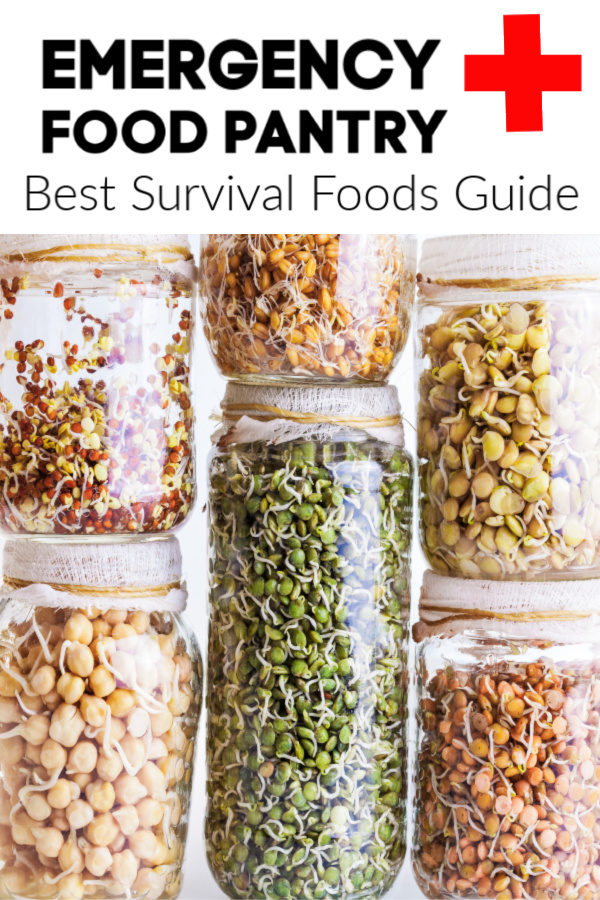
This image is property of www.pinkwhen.com.
As an Amazon Associate I earn from qualifying purchases.
